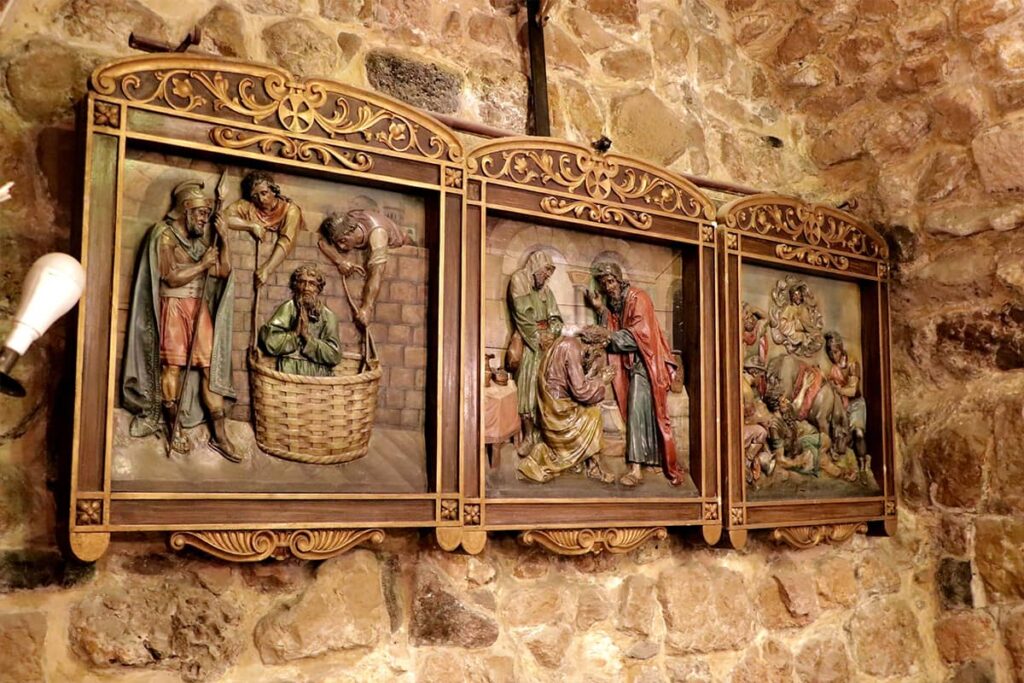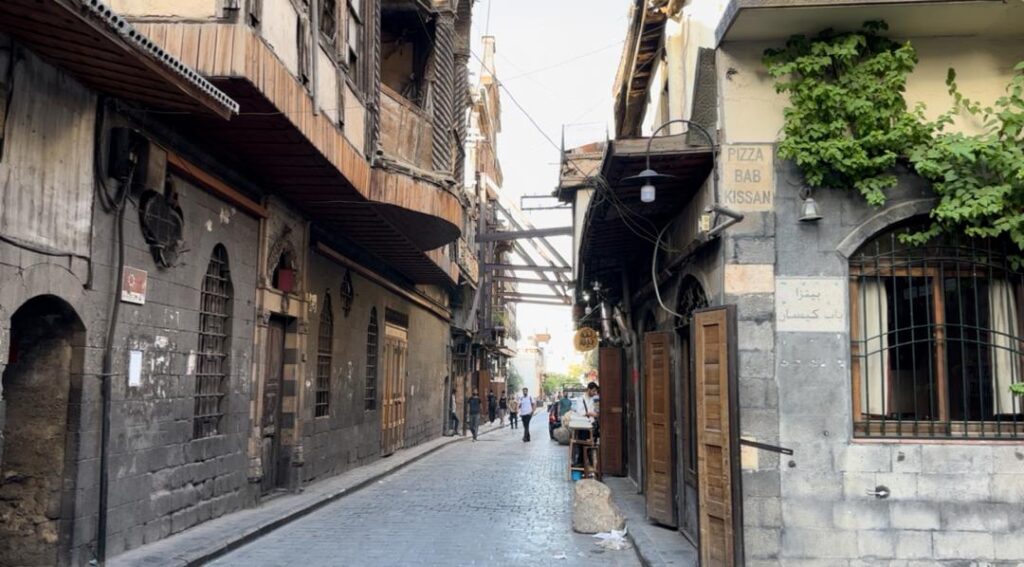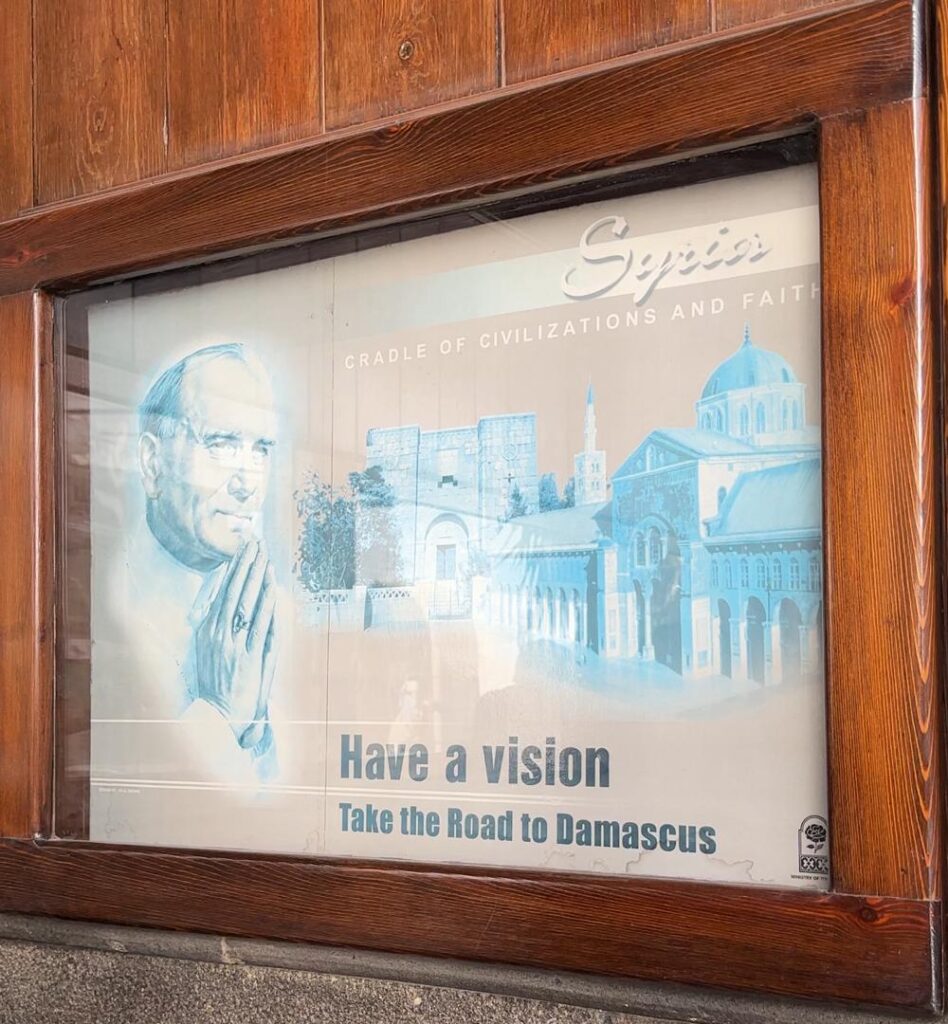Imagine the scorching sun beating down on the desert road, the dust swirling in the hot air. A man rides with conviction, his heart filled with zeal, his mind set on a mission—to crush a new and dangerous sect calling themselves “followers of the Way.” His name is Saul of Tarsus, and he is determined to put an end to the growing movement of Christians.
But then, in an instant, everything changes.

A Divine Encounter That Shook the World
A brilliant light—blinding, overwhelming—bursts from the heavens. Saul is thrown from his horse, his body hitting the earth. A voice echoes through his soul, shaking him to his core:
“Saul, Saul, why do you persecute me?”
Trembling, he asks, “Who are you, Lord?”
And the voice replies, “I am Jesus, whom you are persecuting.”
In that moment, Saul’s world crumbles. He, the great persecutor, is struck blind. He is led by the hand into the ancient city of Damascus, the very place where he had intended to destroy Christ’s followers. But instead of triumph, he finds himself in darkness, unable to see, unable to eat or drink for three days.
Then, a devout disciple named Ananias, guided by God, lays his hands on him. “Brother Saul,” he says, “The Lord Jesus has sent me so that you may see again and be filled with the Holy Spirit.”
At that moment, something like scales falls from Saul’s eyes. He can see! But more than that, he has been reborn. No longer Saul the persecutor, he becomes Paul the Apostle, the greatest missionary in Christian history. From Damascus, he will go on to spread the Gospel to the Gentile world, laying the foundation of Christianity in Europe.
Walking in the Footsteps of St. Paul
For Christian believers, Damascus is more than just a city—it is sacred ground. It is where one of the most powerful conversions in history took place, a moment that changed the destiny of Christianity forever. And today, you can walk the very streets where Paul was led in blindness, where he stayed, where he prayed, where he was baptized.

When you visit Damascus, you can stand in Straight Street, where Ananias restored Paul’s sight, as mentioned in the Bible (Acts 9:11). You can visit the House of Ananias, a humble underground chapel where the miracle of Paul’s transformation took place. You can stand before the Bab Kisan Gate, the very spot where Paul was lowered in a basket to escape his enemies, marking his first steps as a true disciple of Christ.
A Pilgrimage of Transformation
Just as Paul was transformed in Damascus, every visitor to Syria experiences something profound. Here, you don’t just learn about history—you step into it. You walk where the earliest Christians walked. You breathe in the air of the same city that shaped the future of your faith.
Imagine standing in the ancient Umayyad Mosque, once the great Byzantine Cathedral of St. John the Baptist, still holding the relics of the saint himself. Picture yourself traveling through the timeless landscapes of Maaloula, one of the last places on earth where Aramaic, the language of Christ, is still spoken.
A journey to Syria is not just sightseeing—it is a spiritual awakening. It is standing where God spoke to one man and changed the world.

The Road Awaits You
Without Damascus, there is no conversion of Paul. Without Paul, there is no spreading of Christianity to the world. And without this journey, you may never fully grasp the depth of this sacred history.
Are you ready to walk in the footsteps of St. Paul? Damascus is waiting for you.
